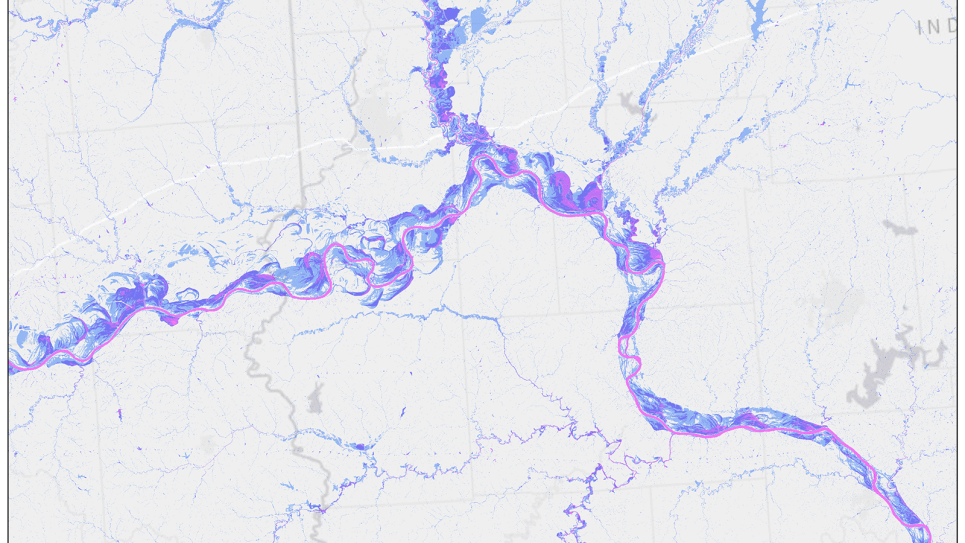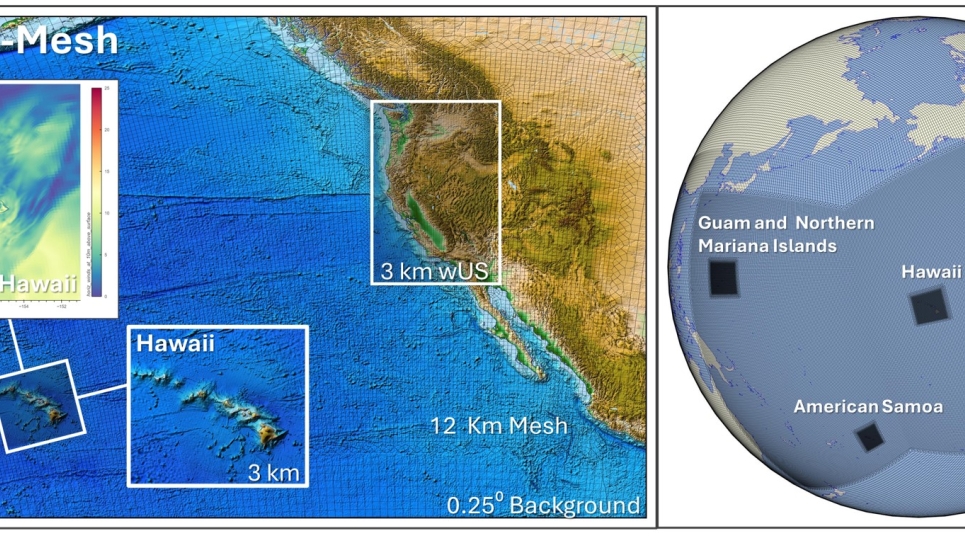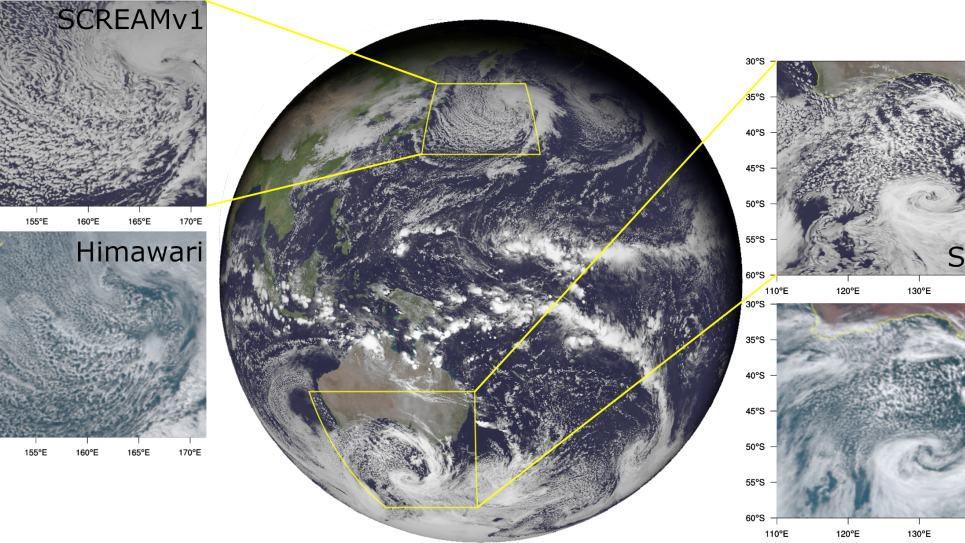The total wind energy capacity in the United States is now more than 5% of the total installed power production capacity, giving the US the largest installed wind energy capacity in the world. The DOE’s goal is for wind energy to meet 20% of the country’s total energy needs by 2020, which will require both a significant increase in total capacity, and optimizing the energy production from existing wind farms. A large portion of the available wind resources are in complex terrain in the western US. Using these resources effectively requires the ability to forecast wind in the 15 minute to several hour range, allowing optimization of wind farm operation and smooth integration into the electrical grid. Existing models, which have been highly effective over the smoother terrain of the central US, have not performed effectively in this complex terrain. The DOE EERE Wind Energy program, in collaboration with NOAA and DOE laboratories, has initiated the Wind Forecast Improvement Program (WFIP2). The goal of this program is to develop numerical weather prediction models to improve wind forecasts in regions of complex terrain. This involves improving the physical parameterizations used in two NOAA operational weather forecast models, the 13-km resolution Rapid Refresh (RAP) and 3-km High-Resolution Rapid Refresh (HRRR). These models are often used by electrical grid operators to forecast wind energy production from wind farms and integrate wind energy into the electrical grid. The ALCC allocation will be used to conduct the numerical experiments that lead to improved parameterization of the atmospheric boundary layer in the models and hence better forecasting capabilities in complex domain. These simulations will be validated through an 18-month data collection and model validation effort in collaboration with an industrial partner. These validated models will provide a valuable tool for planning and operating future wind energy projects in complex terrain such as mountains, forests, and coastlines.
Validation of RAP/HRRR for the Wind Forecast Improvement Project II
Project Description
Domains
Allocations


